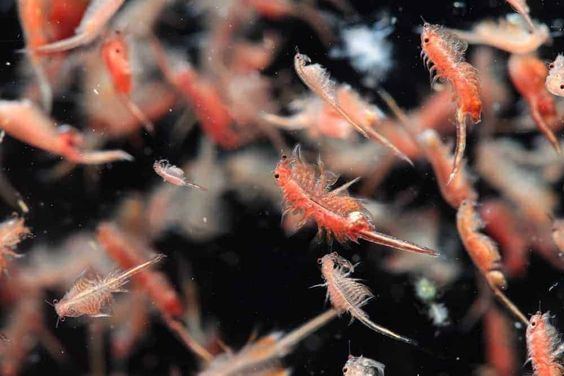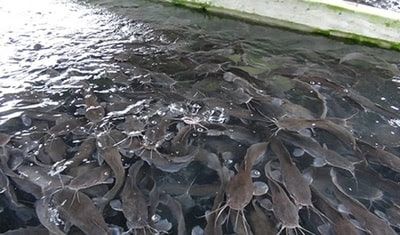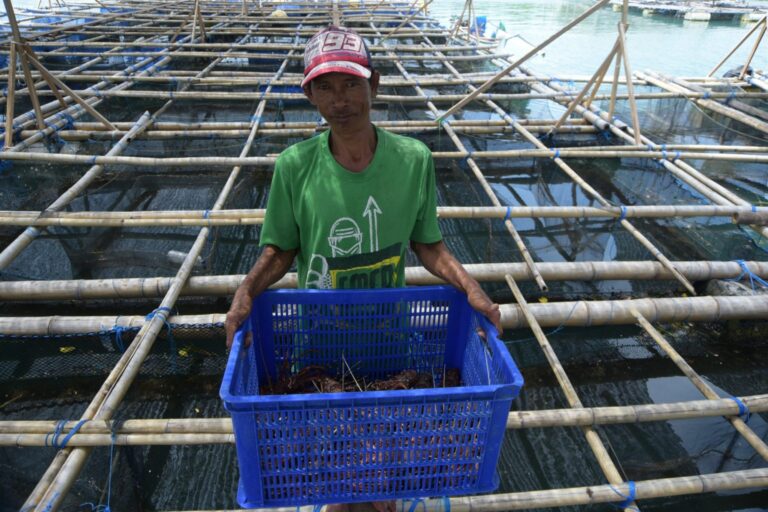Delving into the World of Shrimp Hatcheries: From Spawning to Fry
Shrimp Hatcheries play a crucial role in the aquaculture industry, ensuring a steady supply of healthy shrimp larvae, also known as nauplii or zoea, for shrimp farms. These specialized facilities create a controlled environment that mimics the natural conditions necessary for successful shrimp reproduction and development.
The Lifecycle of Shrimp: A Foundation for Hatchery Operations
Shrimp Hatcheries,Understanding the natural lifecycle of shrimp is essential for comprehending the operations within a hatchery. Here’s a simplified breakdown:
- Spawning: Mature female shrimp release eggs in saltwater, typically at night. Males fertilize the eggs externally as they drift freely in the water column.
- Embryonic Development: Fertilized eggs undergo rapid cell division and development within a few hours.
- Hatching: After approximately 24-48 hours, depending on water temperature, the eggs hatch, releasing tiny nauplii larvae.
- Nauplius Stage: Nauplii are planktonic, meaning they drift freely with the currents and feed on microscopic organisms. They undergo several molts during this stage.
- Zoea Stage: After several molts, nauplii transform into zoea, which are characterized by elongated bodies and rudimentary appendages. They continue to feed on plankton and become progressively more active swimmers.
- Mysis Stage: Following further molts, zoea develop into mysis, with more defined appendages and the ability to swim more efficiently.
- Postlarvae Stage: Mysis eventually transform into postlarvae, resembling miniature adult shrimp. They begin to settle on the bottom and transition to feeding on benthic organisms.
- Juvenile Stage: Postlarvae grow and develop into juveniles, eventually reaching maturity and starting the cycle anew.
Inside the Hatchery: A Look at the Process
Shrimp hatcheries employ various techniques and equipment to replicate the natural conditions crucial for each stage of the shrimp lifecycle. Here’s a glimpse into the key processes:
- Broodstock Management: Shrimp Hatcheries, disease-free broodstock shrimp, selected for desirable traits, are maintained in separate tanks. These shrimp are carefully monitored and provided with optimal water quality, nutrition, and environment to encourage spawning.
- Egg Collection and Disinfection: Spawned eggs are collected from broodstock tanks and meticulously disinfected to eliminate any potential pathogens.
- Incubation: Disinfected eggs are transferred to incubation tanks, filled with filtered and aerated seawater maintained at specific temperature and salinity levels.
- Larval Rearing: Hatched nauplii are transferred to larval rearing tanks, where they are provided with specific microalgae diets essential for their growth and development. Water quality parameters are meticulously monitored and adjusted during this crucial stage.
- Mysis and Postlarvae Rearing: As larvae mature into mysis and postlarvae, their dietary needs change. Hatcheries provide them with appropriate feed types and maintain suitable water conditions to support their growth and development.
- Grading and Packing: Once postlarvae reach the desired size and developmental stage, they are carefully graded for uniformity and quality. They are then packed in specialized containers with appropriate water quality and aeration for transport to shrimp farms.
Technological Advancements in Shrimp Hatchery Operations
The shrimp hatchery industry is constantly evolving, adopting new technologies to improve efficiency, sustainability, and disease prevention. Some notable advancements include:
- Biofloc technology: This method utilizes naturally occurring bacteria to manage organic waste and improve water quality within the hatchery tanks, reducing reliance on traditional water treatment methods.
- Probiotics: Supplementation with beneficial bacteria can enhance gut health and disease resistance in developing shrimp larvae.
- Genetic selection: Selective breeding programs aim to improve traits like growth rate, disease resistance, and environmental tolerance in broodstock shrimp, leading to healthier and more productive offspring.
- Environmental monitoring systems: Real-time monitoring of crucial water quality parameters like temperature, dissolved oxygen, and pH allows for immediate adjustments and ensures optimal conditions for shrimp development.
The Importance of Shrimp Hatcheries
Shrimp hatcheries play a significant role in the global seafood industry, contributing to:
- Increased shrimp production: By providing a consistent supply of healthy, high-quality shrimp fry, hatcheries enable farms to meet the growing demand for shrimp and contribute to global food security.
- Improved farm efficiency: Healthy shrimp larvae with desirable traits, such as faster growth rates and disease resistance, can lead to increased efficiency and profitability for shrimp farms.
- Disease control: Hatchery biosecurity measures help prevent the spread of diseases within the shrimp aquaculture sector, contributing to the overall health and sustainability of the industry.
Conclusion Shrimp Hatcheries
Shrimp hatcheries are vital links in the shrimp aquaculture industry, playing a crucial role in ensuring a stable supply of healthy shrimp. By understanding the lifecycle of shrimp, the intricacies of hatchery operations, and the advancements






